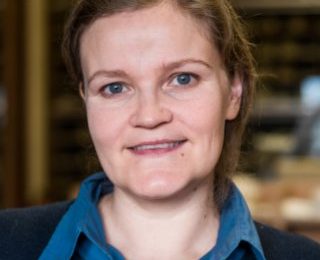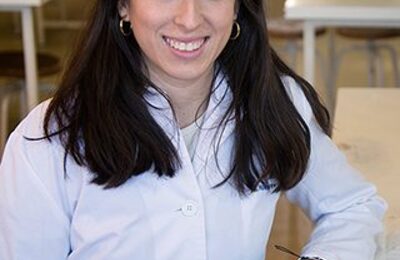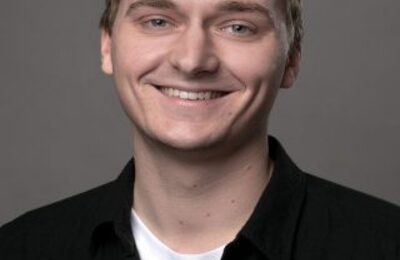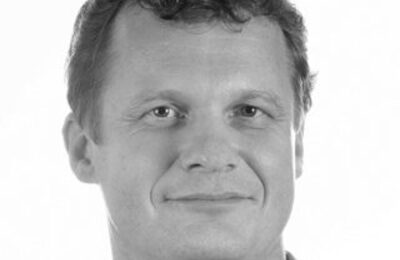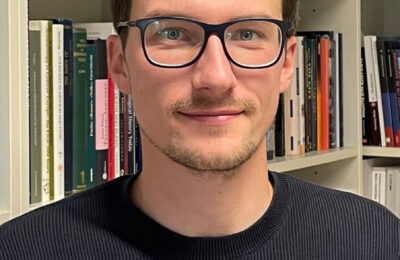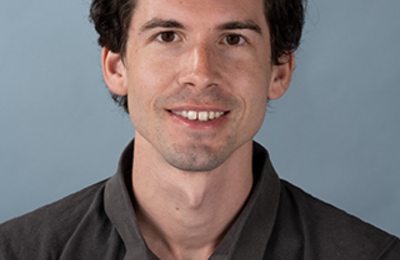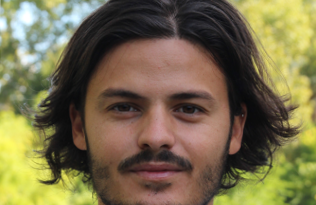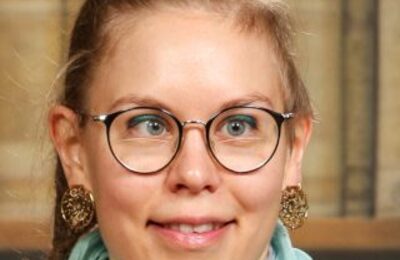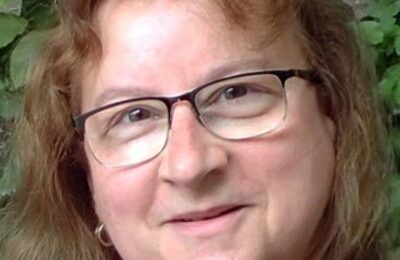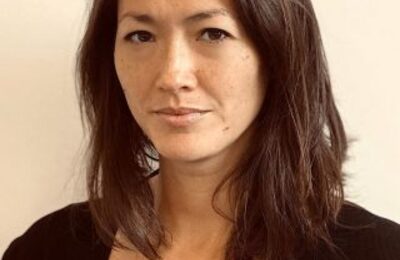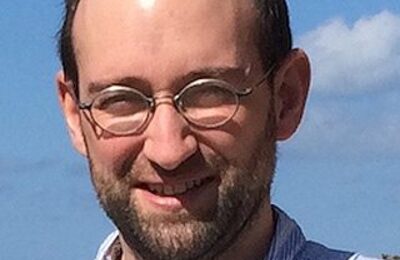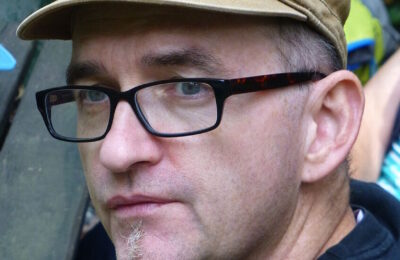Katharina REBAY-SALISBURY
Deputy Head
Katharina Rebay-Salisbury is professor of Prehistory of Humanity at the University of Vienna and directs the research group ‘Prehistoric Identities’ at the Austrian Academy of Sciences. Enthusiastic about the European Bronze and Iron Ages, her research focusses on combining interdisciplinary approaches for insights into people’s lives, identities and social relations in prehistory. Her current research explores themes such as sex and gender, motherhood, kinship, mobility and migration through ERC and FWF-funded projects analyzing burial contexts and human remains from Central Europe.
